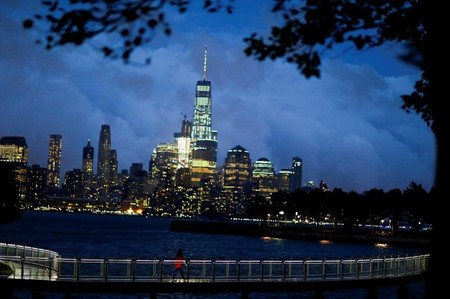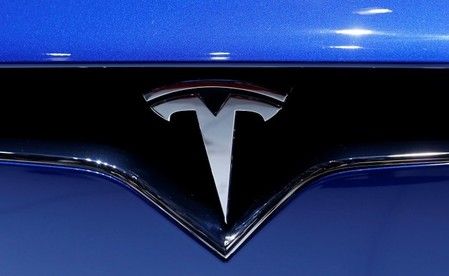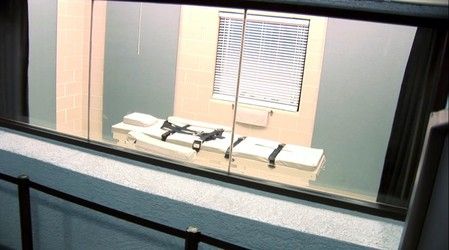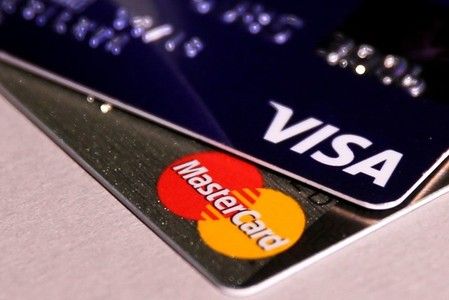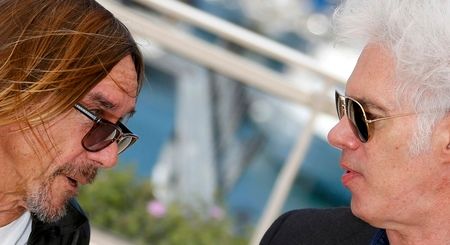Advertisement
Lower Manhattan rebounds 15 years after Sept. 11 attacks

By Hilary Russ
NEW YORK (Reuters) – Lower Manhattan’s population has more than doubled and the number of children living there has tripled since just before the Sept. 11, 2001, attacks hit the financial district, a report on the neighborhood’s rebirth showed.
Employment growth in the area has equaled one in 10 of Manhattan’s private sector jobs, with a more diverse economy that is growing faster than the city-wide average, according to the report from New York State Comptroller Thomas DiNapoli on Tuesday.
“It would have been impossible, in the midst of the unspeakable tragedy suffered 15 years ago, to imagine Lower Manhattan as we know it today,” DiNapoli said in a statement.
The Sept. 11 attacks killed almost 3,000 people – more than 2,700 in Lower Manhattan alone and leveled the World Trade Center towers.
In the years that followed, city, state and federal officials gave grants and other financial incentives for businesses and residents to rebuild.
Yet the process has been far from smooth. Political fighting and other hurdles stalled construction on the new World Trade Center site and memorial.
A transportation hub, designed by renowned Spanish architect Santiago Calatrava and maligned by some as a “boondoggle,” finally opened this spring at a cost of $4 billion, nearly twice its original estimate.
The character of the area has changed in the years since the attacks, becoming more residential as older office buildings were converted to housing and new residential towers were built, DiNapoli said.
The population rose to 49,000 in 2014 from 22,700 in 2000, the report showed, while the population of New York City as a whole grew just 4.3 percent over that period.
The mix of employers has also changed. In 2000, finance jobs made up 56 percent of the area’s economy. In 2014, that portion had dropped to 34 percent, while business services, leisure and hospitality and personal services such as dry cleaners grew.
With the rebound have come new problems. The area cannot build schools fast enough, its sidewalks are glutted with garbage and its streets with tourist buses, and it needs to make its infrastructure more resilient to climate change, said Manhattan Borough President Gale Brewer.
Critics panned the now-expired Liberty Bond program, which gave developers access to tax-exempt financing, some say at the expense of ordinary New Yorkers.
Goldman Sachs Group Inc. got nearly $1.7 billion of the bonds to build a tower downtown, and Bank of America used the program to construct a new building in Midtown, not Lower Manhattan.
(Reporting by Hilary Russ; Editing by Alan Crosby and Alistair Bell)

